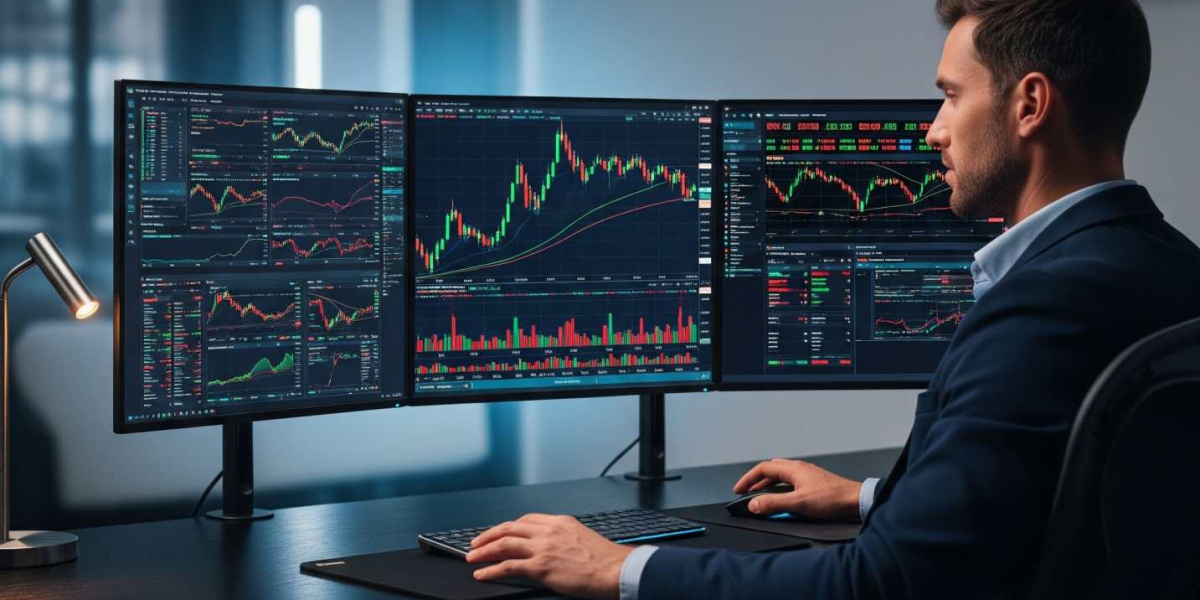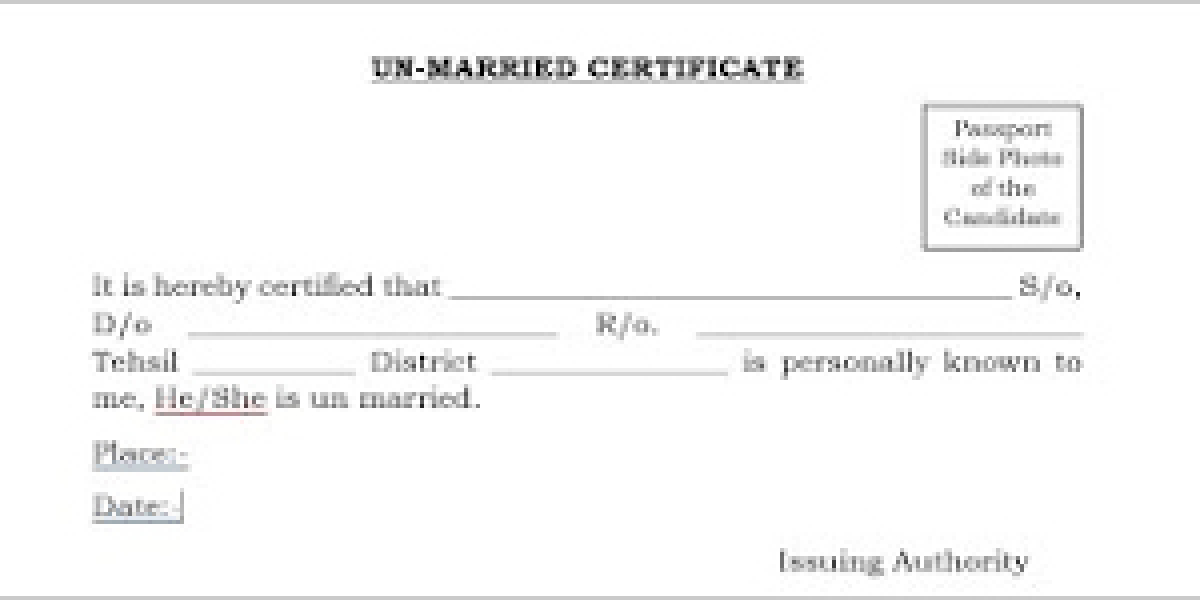Introduction
Trading can be exciting, but it’s also risky. Even the most experienced traders know that without proper safeguards, one bad decision or sudden market shift can wipe out hard-earned gains. That’s where professional trading software in USA comes in. Modern platforms don’t just let you buy and sell assets — they provide powerful risk management tools to help protect your capital and improve your chances of long-term success.
In this guide, we’ll explore the top risk management features in trading software, from stop-loss orders to backtesting. Whether you’re a beginner or a seasoned investor, mastering these tools can mean the difference between consistent growth and costly mistakes.
Stop-Loss Orders: Your First Line of Defense
What is a Stop-Loss Order?
A stop-loss order is one of the simplest yet most powerful features in professional trading software. It’s an automatic instruction to sell an asset once its price falls to a predetermined level. This protects you from excessive losses when the market turns against your position.
For example, if you buy a stock at $50 and set a stop-loss at $45, the system will automatically sell your shares if the price drops that low, limiting your downside risk.
Types of Stop-Loss Orders
Fixed Stop-Loss
Set at a specific price point.
Example: Buy at $50, stop-loss at $45. If the price falls to $45, your trade closes automatically.
Trailing Stop-Loss
Moves with the market as prices rise.
Example: If your stock climbs from $50 to $60, and you use a trailing stop-loss set at $5, your stop moves up to $55. This locks in profits if the stock reverses.
Setting Effective Stop-Loss Levels
Stop-losses are only effective if set wisely. Too tight, and you risk being stopped out by normal market fluctuations. Too loose, and you could suffer big losses.
Use technical analysis to identify support and resistance levels.
Factor in market volatility — volatile assets may need wider stops.
Never set stops arbitrarily; always tie them to your strategy.
Position Sizing: Know Your Limits
The Importance of Position Sizing
Even with stop-losses, poor position sizing can ruin your account. Position sizing determines how much capital you allocate to each trade. It helps control risk and prevents overexposure to a single asset.
Many studies show that traders who ignore position sizing often blow up their accounts, not because their strategies are bad, but because they risk too much on individual trades.
Common Sizing Methods
Fixed Percentage
Risk a set percentage of your account on each trade — often 1–2%.Example: With a $10,000 account and a 1% rule, you only risk $100 per trade.
Fixed Dollar Amount
Risk the same dollar amount each time.Example: Risk $200 per trade regardless of account size. This is simple but less adaptive than percentages.
Software Tools for Sizing
Most professional trading software includes built-in calculators that suggest optimal position sizes based on your risk parameters. Some platforms even automate position entry to reduce human error, ensuring you never overcommit funds.
Real-Time Market Data and Alerts
Why Live Data Matters
Markets move in milliseconds. If you’re trading on outdated information, you’re already at a disadvantage. Real-time market data ensures you see current prices, order books, and spreads — giving you the accuracy needed to make smart decisions.
As trader Jane Doe puts it: “Information lag can be costly.” A small delay can mean missing out on opportunities or entering at the wrong price.
Setting Up Price Alerts
Price alerts are another vital feature. Instead of staring at charts all day, you can set alerts that notify you when key levels are reached.
Example: If you want to buy a stock once it hits $100, set an alert so you’re notified instantly.
Alerts can also track news-driven spikes or drops, ensuring you don’t miss critical moments.
News Feeds and Economic Calendars
Professional platforms often integrate news feeds and economic calendars. These help traders anticipate events like interest rate decisions, earnings reports, or geopolitical news — all of which can cause major price swings.
Staying updated on the “why” behind market moves helps you plan trades strategically rather than react emotionally.
Order Types Beyond Basic Buys and Sells
Limit Orders for Control
A limit order lets you buy or sell an asset at a specific price or better. This prevents you from overpaying in a fast-moving market.
Example: Instead of buying a stock at the current market price of $50, you place a limit buy order at $48. The trade only executes if the price drops.
Bracket Orders (OCO – One Cancels Other)
A bracket order combines a stop-loss with a take-profit order. If one is triggered, the other is canceled automatically.
Example: Buy at $50, set take-profit at $55 and stop-loss at $45. No matter what happens, your exit is covered.
This automates trade management and reduces the stress of monitoring every position.
Market Orders vs. Limit Orders
Market orders: Execute instantly but may suffer from slippage in volatile markets.
Limit orders: Provide price certainty but may not always execute.
As analyst John Smith warns: “Market orders are for emergencies only.” Most of the time, limit orders are the safer, more controlled choice.
Backtesting and Simulation Tools
Testing Your Strategies
Before risking money, traders can use backtesting tools to see how a strategy would have performed using historical data. This reveals strengths, weaknesses, and potential profitability.
Studies show that traders who backtest strategies before deploying them tend to achieve better long-term results than those who rely on guesswork.
Paper Trading (Simulated Trading)
Paper trading lets you practice in real market conditions without risking real capital. You trade with virtual money, which helps you:
Build confidence.
Test strategies in live conditions.
Get familiar with professional trading software features.
Interpreting Backtesting Results
When analyzing backtests, look beyond profits:
Win rate: How often the strategy succeeds.
Drawdowns: The largest losses during testing.
Consistency: Whether results are stable across different market conditions.
Remember: past performance doesn’t guarantee future results. Use backtesting as a guide, not a promise.
Conclusion: Empowering Your Trading Decisions
Risk management is the backbone of successful trading. Without it, even the best strategies can collapse under pressure. The good news is that modern professional trading software comes equipped with powerful tools to help you stay disciplined and protect your capital.
From stop-loss orders and position sizing to real-time alerts, advanced order types, and backtesting, these features act as your safety net in volatile markets.
By mastering them, you can:
Cut losses quickly.
Manage your exposure.
Trade smarter, not riskier.
Remember, trading isn’t about chasing every opportunity — it’s about surviving long enough to let your strategy work. With the right software and proper risk management, you’ll give yourself the best chance to succeed.








